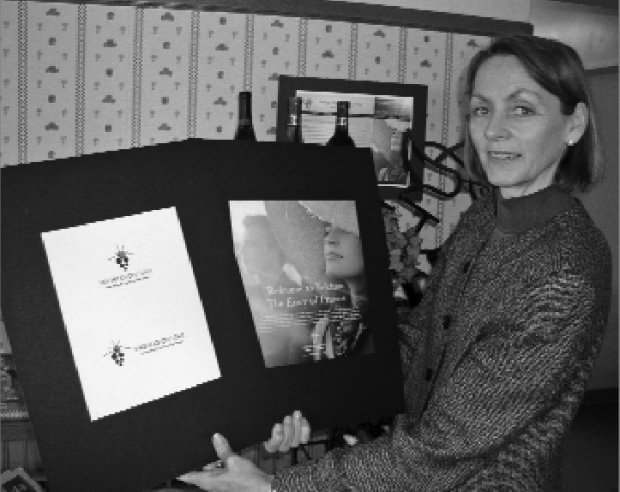
New campaign aims to convince consumers that the “Evergreen State” is good wine country.
Too many wine consumers have the wrong ideas about wines made in Washington. They confuse the state with the nation’s capital and think it rains too much to grow quality wine grapes. But a new branding campaign aims to change those misconceptions. The campaign, with its tagline “Washington State—the Perfect Climate for Wine,” is designed to increase consumer awareness, drive sales for Washington wines, and promote tourism throughout the state’s wine country.
The campaign was launched by the Washington Wine Commission in November. The branding inititative is long overdue, said Ted Baseler, chair of the Wine Commission and chief executive officer of Ste. Michelle Wine Estates. “The Wine Commission has done some great things, but it’s really important to have a clear, single image for the state. The tagline is timeless and hits the heart of the issue, and the logo includes the sun.” Washington’s wine industry has come far in the last decade, achieving accolades from wine critics and broadening its reach to all 50 states and some foreign countries.
It has grown to a sizable industry, contributing $2.4 billion annually to the state’s economy, supporting more than 11,000 jobs and providing $73 million in tax and licensing related fees to state programs. But it struggles with consumer recognition. “We’re getting great press from the wine trade, but we’re still not registering on the consumer’s mind,” said Jane Baxter Lynn, executive director of the Wine Commission.
“When consumers are asked to name wine regions, Washington is at the bottom of the list, and some are not even sure that we’re making wine here.”
People don’t know about the dry climate of eastern Washington and the extra summer sunlight hours that come with being a northern latitude state, she added. They don’t know this because the Wine Commission hasn’t aggressively marketed to consumers. “We need an integrated approach to help consumers identify Washington wines,” she said.
Integration
The new branding campaign, designed by the Seattle public relations firm Edelman, will use the tagline to integrate existing promotional programs under a common theme. Magazine and newspaper advertising targeting western Washington State consumers began in November. The logo, a colorful depiction of the sun rising above a grapevine, and the tagline reflect Washington’s perfect latitude, geography, sunshine, and business climate for producing world-class wines, said Baxter Lynn. The logo and tagline will replace the Washington Wine Commission logo, with the emphasis on pushing Washington wines—not the organization.
Wineries are encouraged to emphasize “Washington State” on their wine labels in addition to the already listed viticultural area. Baxter Lynn said the commission is developing partnerships with state wineries, distributors, and tourism and travel businesses to encourage use of the logo in their advertising. Implementation of the branding campaign will take place in three phases. In the first year, advertising targets the local western Washington market. The cam-paign goes national and international in the second and third years. Point-of-sale materials will be developed as the program expands its sphere. Public relations will be a key component of the campaign, said Baxter Lynn.
“Public relations stretches your campaign dollars and adds third-party credibility to the program.”
She sees opportunities for partnerships with the tourism industry, and the Wine Commission will explore additional funding opportunities through the Department of Commerce, Trade, and Economic Development, a state governmental branch interested in promoting tourism. In the first year, the Wine Commission allocated $200,000 for the campaign. Grower and winery assessments were increased 15 percent last summer to help fund the initiative. Assessments are at the maximum rate allowed by law; legislation is needed to raise the assessments higher than the current six dollars per ton of grapes and four cents per gallon of wine. “We shouldn’t have to raise the assessment ceiling to fund the campaign,” Baxter Lynn said, adding that they will make smart and strategic media buys to stretch their dollars as well as explore other funding sources.

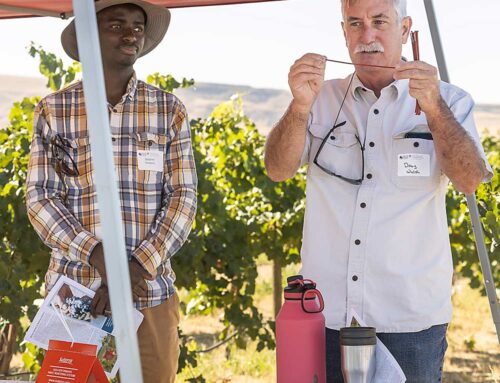
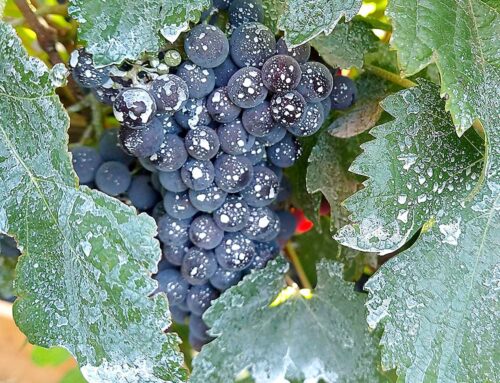
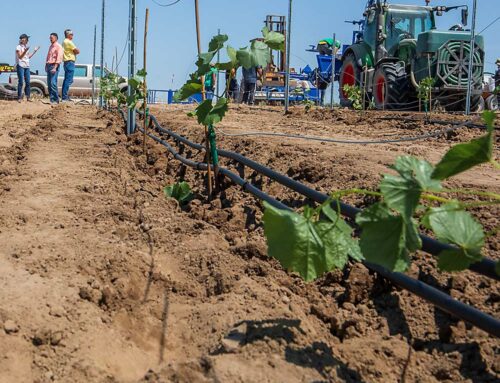
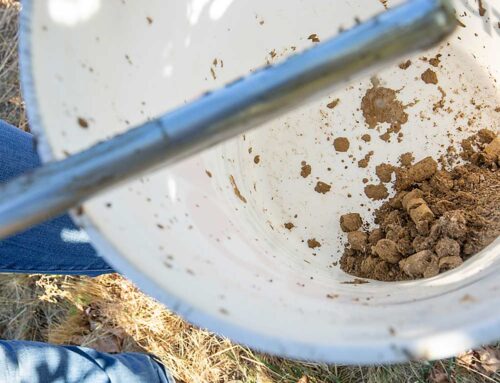
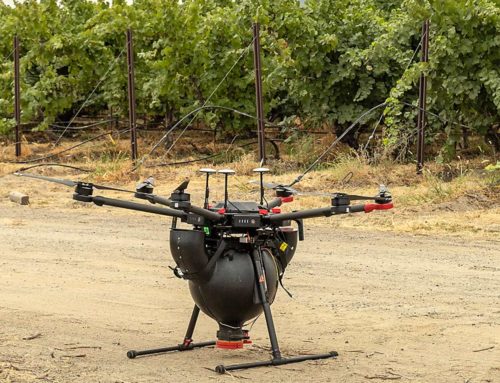
Leave A Comment